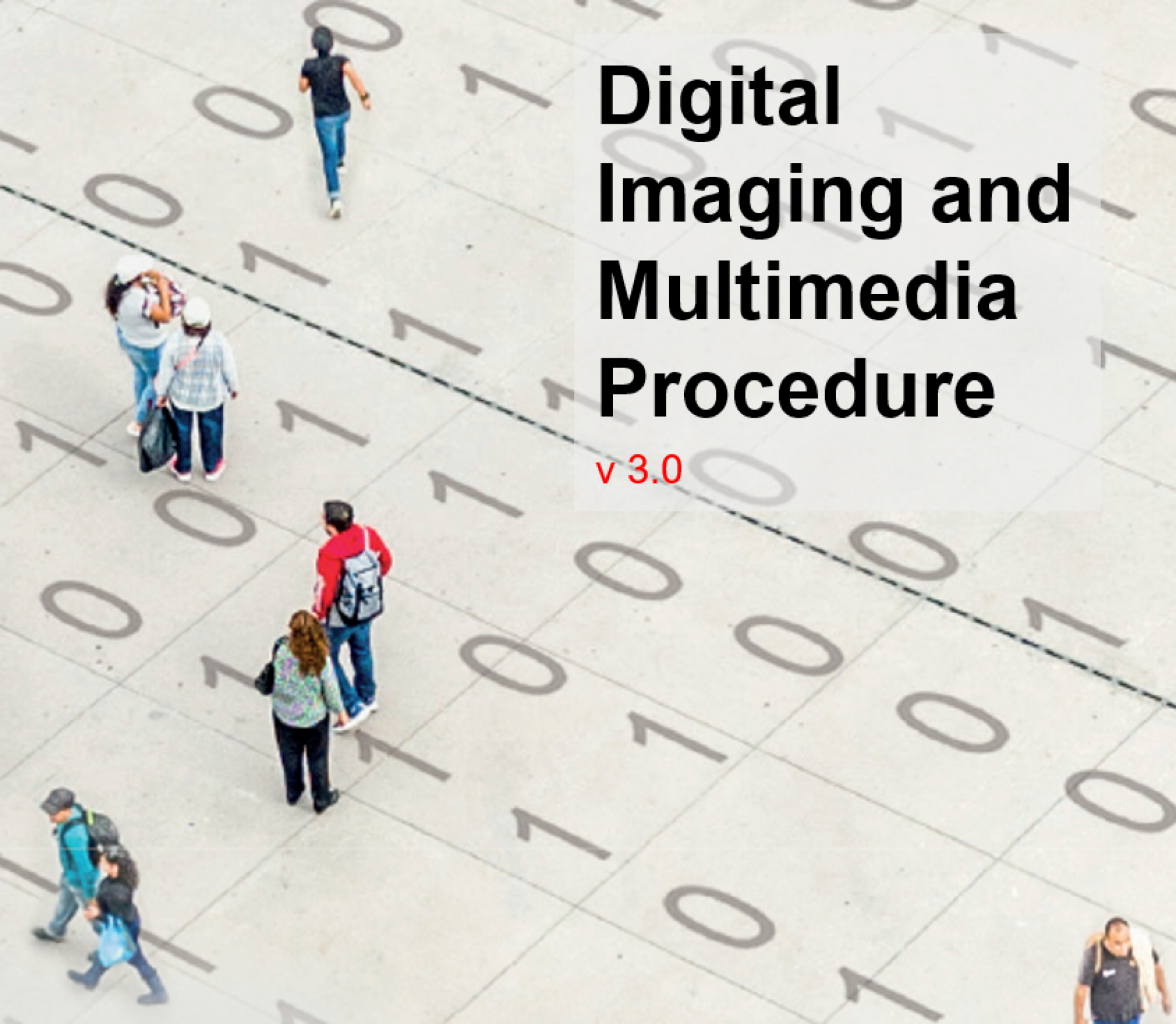
Since the publication of the first Digital Imaging Procedure (DIP) in 2002, technology and its use in society has changed radically. The ability to instantly record imagery (and audio) is now an intrinsic part of everyday life, something we all take for granted. The new document (also known as the Digital Imaging Multimedia Procedure, or DIMP) reflects these changes.
The most recent version of the DIP dates back to 2007, a digital lifetime ago, so a new version is needed to make sure our processes are up to date and following best practice. The new version has been developed by the Defence Science & Technology Laboratory (Dstl) and coordinated through the NPCC CCTV capabilities group, in consultation with practitioners from police forces and related Criminal Justice Service organisations.
The purpose of the procedure remains the same, i.e. to detail the processes involved in the proper capture and handling of digital data for police applications and to define best working practice. Everyone involved in the capture and processing of digital images should be aware of the updated procedure, especially operational staff involved in the initial seizure of imagery.
Neil Cohen from Dstl said:
“Digital imagery evidence can be very important for resolving investigations and achieving positive outcomes. This document provides frontline staff and everyone involved in the criminal justice system with clear guidance to help them maximise the opportunities presented by the technology”
ACC Jenny Gilmer, NPCC Lead for CCTV said:
“Clear and up to date advice is vital for effective policing and I’d like to thank everyone involved with producing this new guidance. I would urge everyone with an interest in digital technology to read it and share it with colleagues.”
Andy Read, NPCC CCTV Capabilities Manager said:
“The retrieval element of CCTV data is the critical start to a process which can only be controlled by standard operating procedures due to the myriad of systems. Without this being done competently by staff following these procedures there is a risk to potentially reduce the effectiveness of this vital evidence.”
The document can be found on the College of Policing document library.
https://library.college.police.uk/docs/DSTL/Digital-imaging-and-multimedia-procedure-v3-2020.pdf